India is a land of diverse cultures and religions, and its rich heritage is reflected in its numerous temples spread across the country. These temples are not only places of worship but also architectural marvels that offer insights into India’s history, spirituality, and artistic brilliance. Here, we’ll delve into the top ten temples in India, each with its unique significance and charm.

1.Brihadeeswarar Temple, Thanjavur: This UNESCO World Heritage Site, also known as the Big Temple, is a masterpiece of Chola architecture. Built in the 11th century, the temple is dedicated to Lord Shiva and is renowned for its towering vimana (tower) and an intricately carved Nandi bull sculpture. The temple’s grandeur and architectural precision make it a remarkable symbol of Chola dynasty’s cultural achievements.

2.Golden Temple, Amritsar: Also called Harmandir Sahib, the Golden Temple is the holiest site in Sikhism. Its stunning golden exterior is reflected in the Amrit Sarovar (Holy Tank), creating an awe-inspiring sight. The temple complex, open to people of all faiths, represents Sikh values of inclusivity, humility, and devotion to God.

3.Kedarnath Temple, Uttarakhand: Nestled amidst the majestic Himalayas, Kedarnath Temple is one of the Char Dhams, sacred sites for Hindus. Dedicated to Lord Shiva, this temple is known for its breathtaking surroundings and spiritual significance. It’s also the highest of the twelve Jyotirlingas, making it a revered pilgrimage destination.
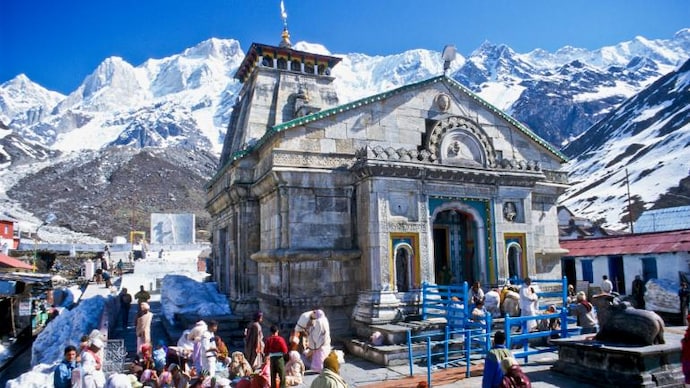
4.Meenakshi Temple, Madurai: This magnificent temple is dedicated to Goddess Meenakshi, an incarnation of Parvati. The temple complex is a marvel of Dravidian architecture, with its towering gopurams (entrance towers), intricately carved pillars, and a sacred tank. The annual Meenakshi Tirukalyanam festival attracts thousands of devotees.

5.Somnath Temple, Gujarat: Known as the “Eternal Shrine,” the Somnath Temple has been destroyed and rebuilt several times throughout history. It’s one of the twelve Jyotirlingas and holds immense spiritual significance for Hindus. Overlooking the Arabian Sea, this temple’s resilience and devotion symbolize the enduring spirit of faith.
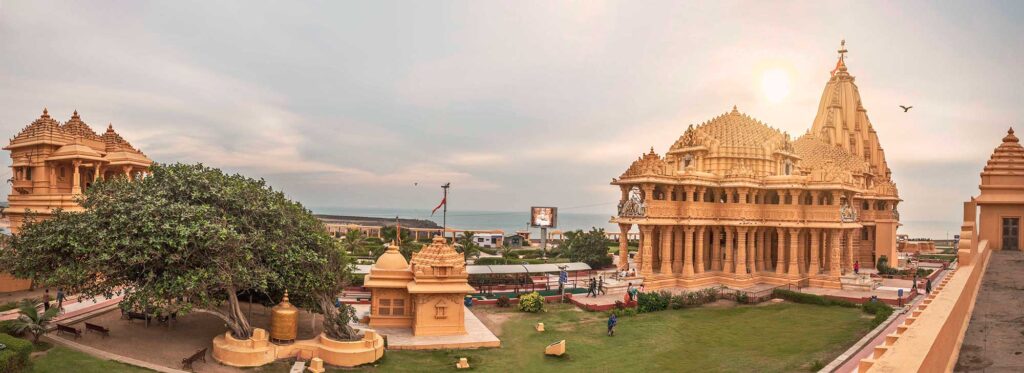
6.Badami Cave Temples, Karnataka: Carved into the sandstone cliffs, the Badami Cave Temples are a complex of rock-cut shrines dedicated to various deities. These temples showcase a fusion of architectural styles and stand as a testament to the artistic achievements of the Chalukya dynasty.

7.Akshardham Temple, Delhi: A modern marvel of architecture and spirituality, the Akshardham Temple complex is dedicated to Bhagwan Swaminarayan. Known for its intricate carvings, thematic exhibitions, and breathtaking musical fountain show, the temple offers a multisensory experience of devotion and culture.
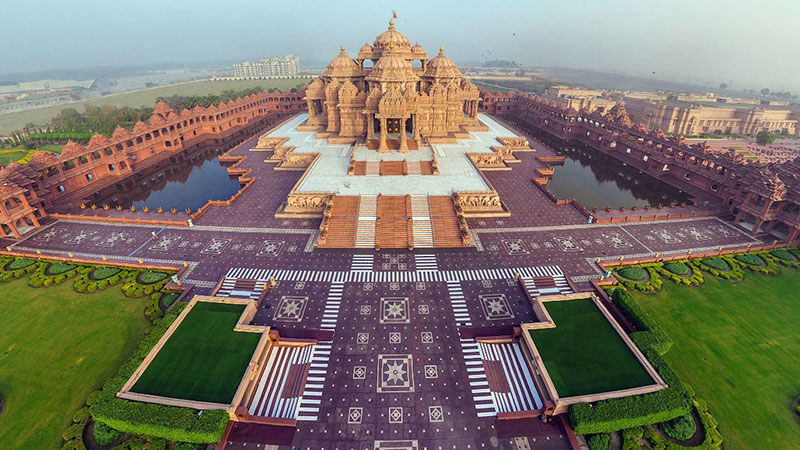
8.Dilwara Temples, Mount Abu: Located amidst the lush greenery of Mount Abu, the Dilwara Temples are a Jain pilgrimage site. These temples are renowned for their exceptional marble craftsmanship, intricate carvings, and stunning architecture. The five temples are dedicated to different Jain Tirthankaras and exude a sense of serenity and spirituality.
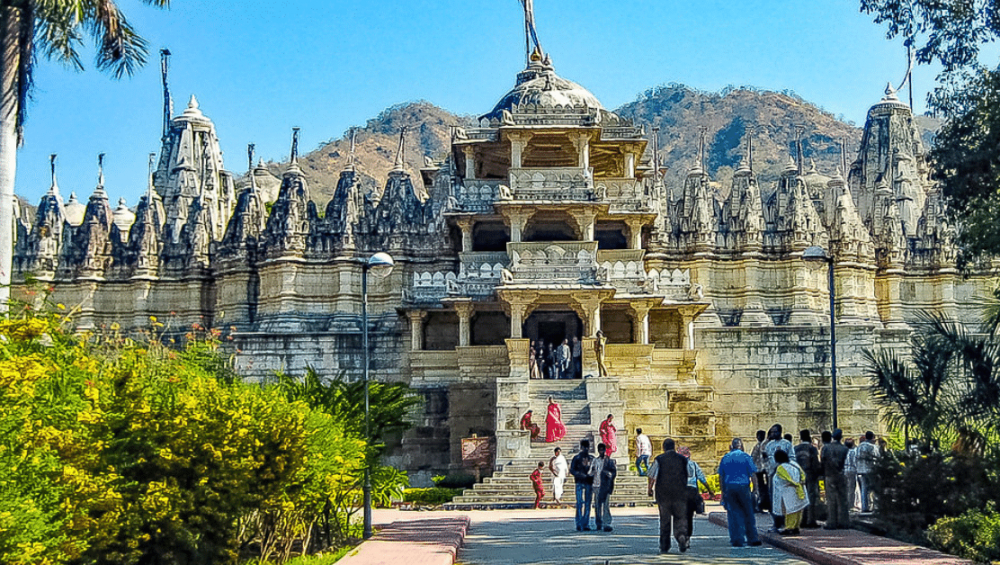
9.Konark Sun Temple, Odisha: A UNESCO World Heritage Site, the Konark Sun Temple is dedicated to the Sun God and designed in the shape of a colossal chariot. Intricate stone carvings depict various aspects of life and culture during the temple’s construction. The temple’s architectural beauty and cultural significance make it a must-visit.
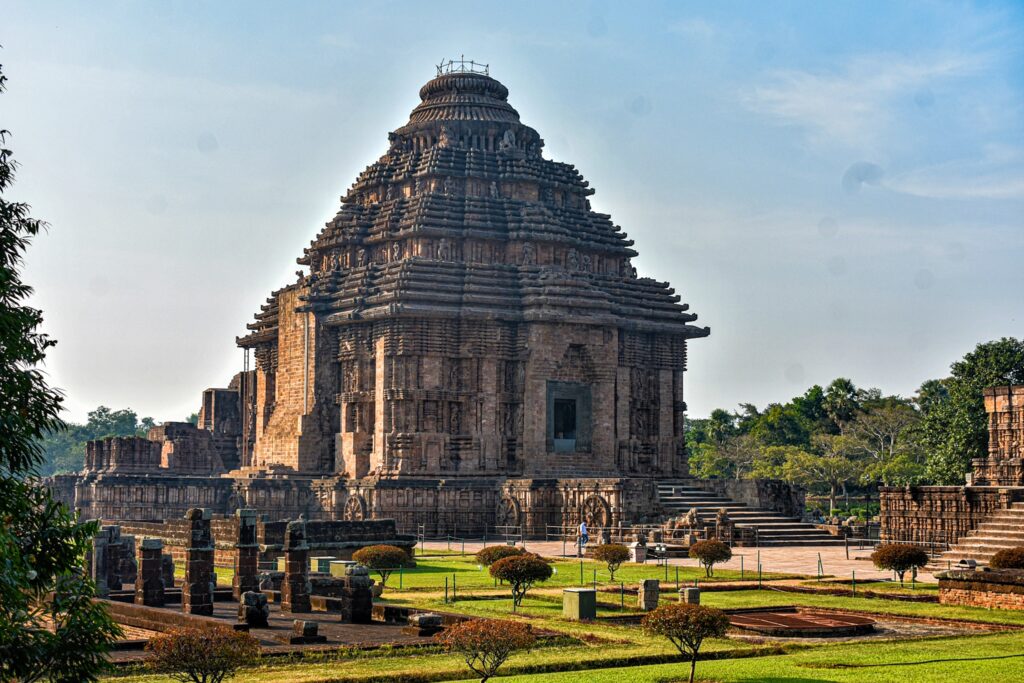
10.Kailasa Temple, Ellora: Carved from a single rock, the Kailasa Temple is a part of the Ellora Caves and is dedicated to Lord Shiva. This monolithic structure is a marvel of engineering and artistry, with intricate detailing that astonishes visitors. The temple’s creation legend and architectural brilliance continue to captivate people from around the world.

In conclusion, India’s temples are not merely places of worship, but embodiments of the country’s history, spirituality, and artistic excellence. Each temple mentioned above holds its own unique significance, be it architectural, cultural, or spiritual. These temples not only serve as religious sites but also as windows into India’s past and the enduring devotion of its people. Whether it’s the grandeur of the Brihadeeswarar Temple or the tranquility of the Dilwara Temples, these places offer an opportunity to connect with India’s rich heritage and the diverse tapestry of its religious beliefs.











